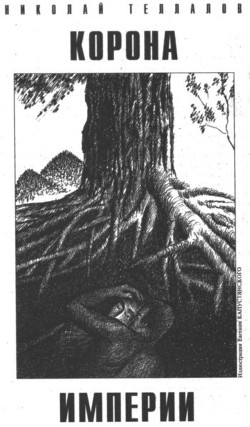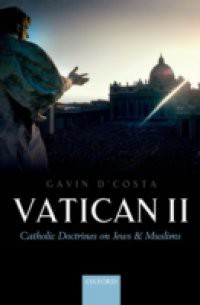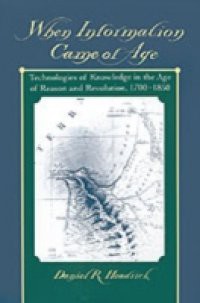The term 'Augustinianism' has been used by scholars for over a century to refer to trends in medieval philosophy, theology, and politics, which had a major effect on the transformations of European culture and society from the Middle Ages to the onset of modernity. Yet in each of these three disciplines 'Augustinianism' means something different, and the lack of clarity only increases when the debates over the relationship between a late medieval Augustinianism andMartin Luther are considered as well. Based on historical, philological, and iconographic analysis, this study adopts a hermeneutical approach drawn from philosophical hermeneutics, religious studies, and literary and sociological theory to argue for a historical, as distinct from a philosophicalor theological referent for the term 'Augustinianism'. The interpretation of Augustine and of a late medieval Augustinianism can only be based historically on the newly created image of Augustine discerned in the writings of the Augustinian Hermits in the early fourteenth century. Recognising the diverse dimensions of this created image is requisite to a historical understanding of Augustine's late medieval reception and impact. Understanding Augustine as a 'created' saint has implications for a wider understanding of Augustine's influencestretching on beyond the later Middle Ages up until the present day.




 5.5 (2)
5.5 (2) 












